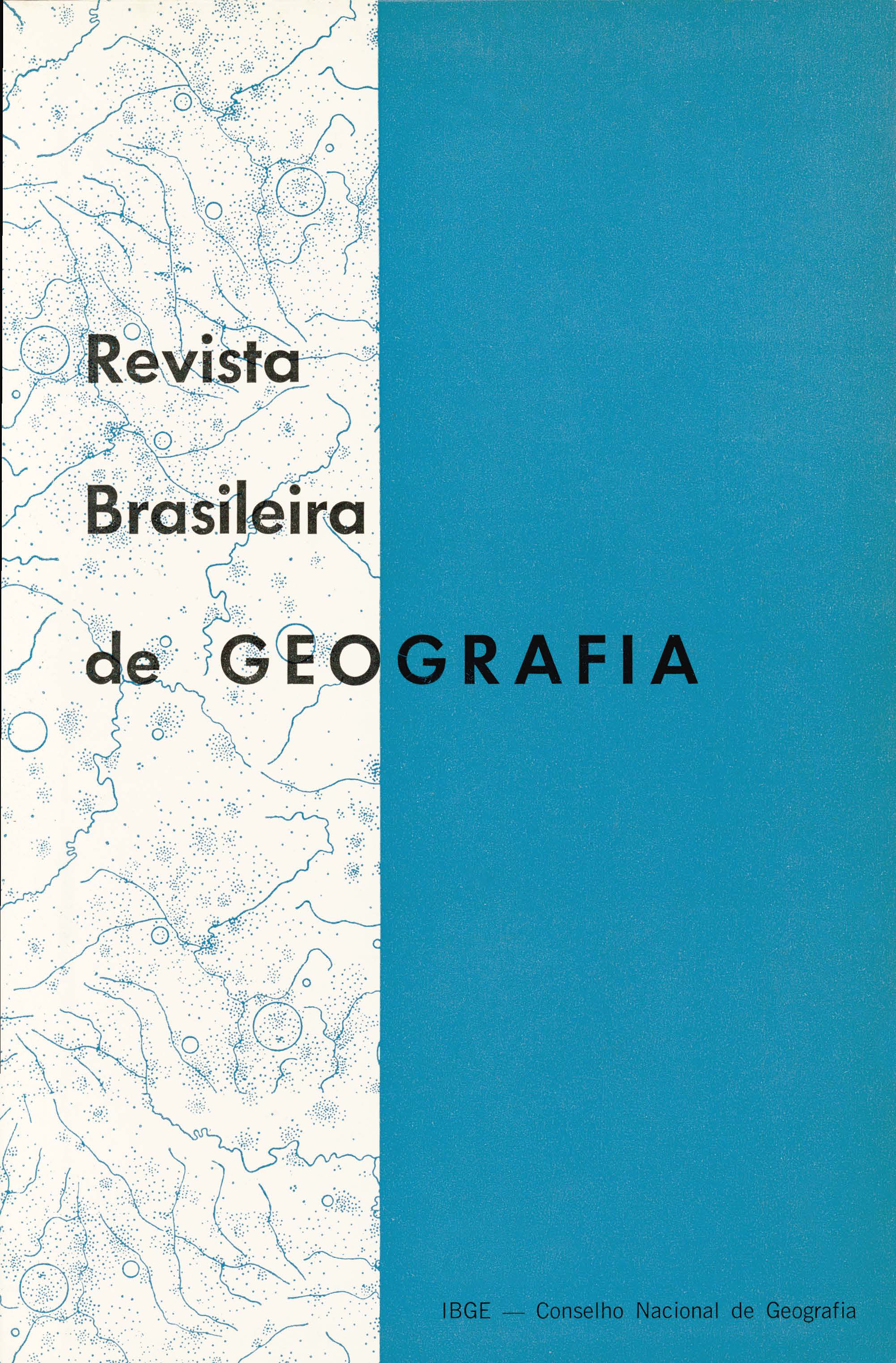Hierarquia de centros na Cidade do Rio de Janeiro
Palavras-chave:
Rio de Janeiro - Estado, Rio de Janeiro - RJ, Geografia urbana, Renovação urbanaResumo
To pass from the theoretical conception on urban morphology to its concrete expression ts the central objective of this paper. As one identifies manifested phenomena obviously controlled by spontaneous action of the population or by exogenous action which, nevertheless, seeks to attend and optimize populations objectives, one ought to identify the resulting spatial organization of the city. Thus using information obtained from the population and, as it was necessary to limit the scope of the work, we present one and only one aspect of the urban morphology of the city of Rio de Janeiro: a hierarchy of places where sub-sets o! the population aggregate seeks goods and services.
The implications are immediate for the case of Brazilian cities: a) a better understanding about the organization of the city as a function of a property of its population; b) verification, although at a high level of generalization, of the urban dynamics of a large city; c) a challenge to the type of analysis that depends, in a large scale, on the experience and private knowledge of the analyst, about the city, but that establish conditions for the acceptance of conclusions, without much dispute, but which at present times must be classified under the category of the theory of what "I think" or "I observe" and other variations of the same theme.
In this paper we opted for the presentation of the hierarchy of places using as theoretical framework the central places theory. The difficulties are manifested, as in most applications of central place theory, in the operationalization of relative importance or centrality of a place: the conditions suggested by Christaller are not easily met.
In this first vision cf the morphology of the city of Rio de Janeiro, as it presented itself in 1968 - date when the information used was obtained - a few surprises revealed themselves and it is particularly because of the this that we recommend the use of quantitative methods in the study of the urban morphology of Brazilian cities, an approach that, however slowly, is being accepted and it is here to stay.






